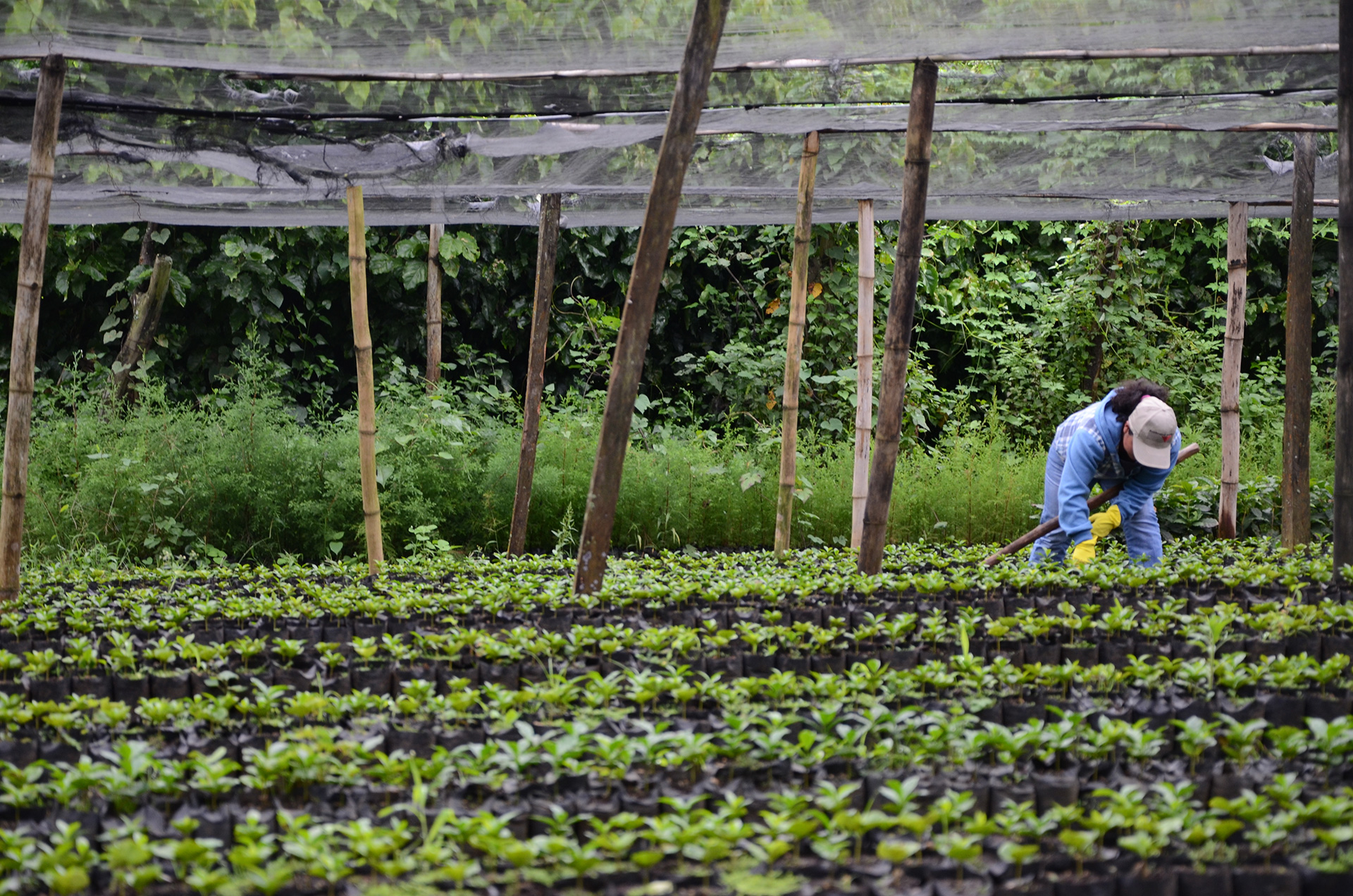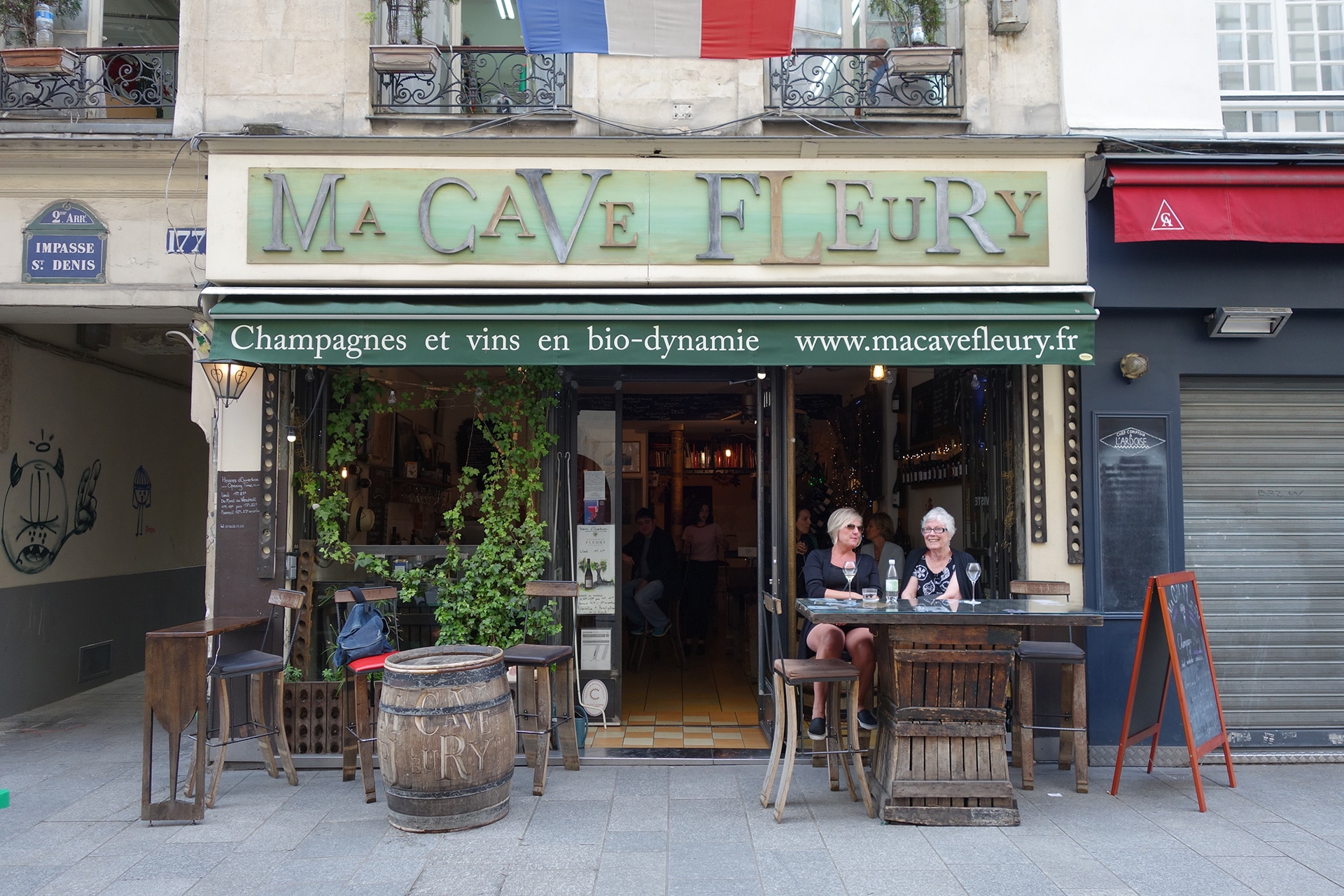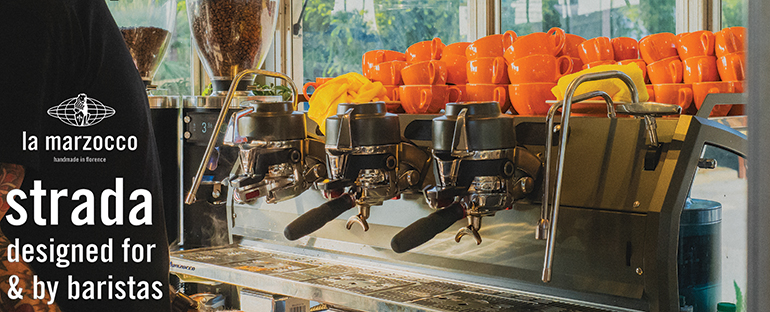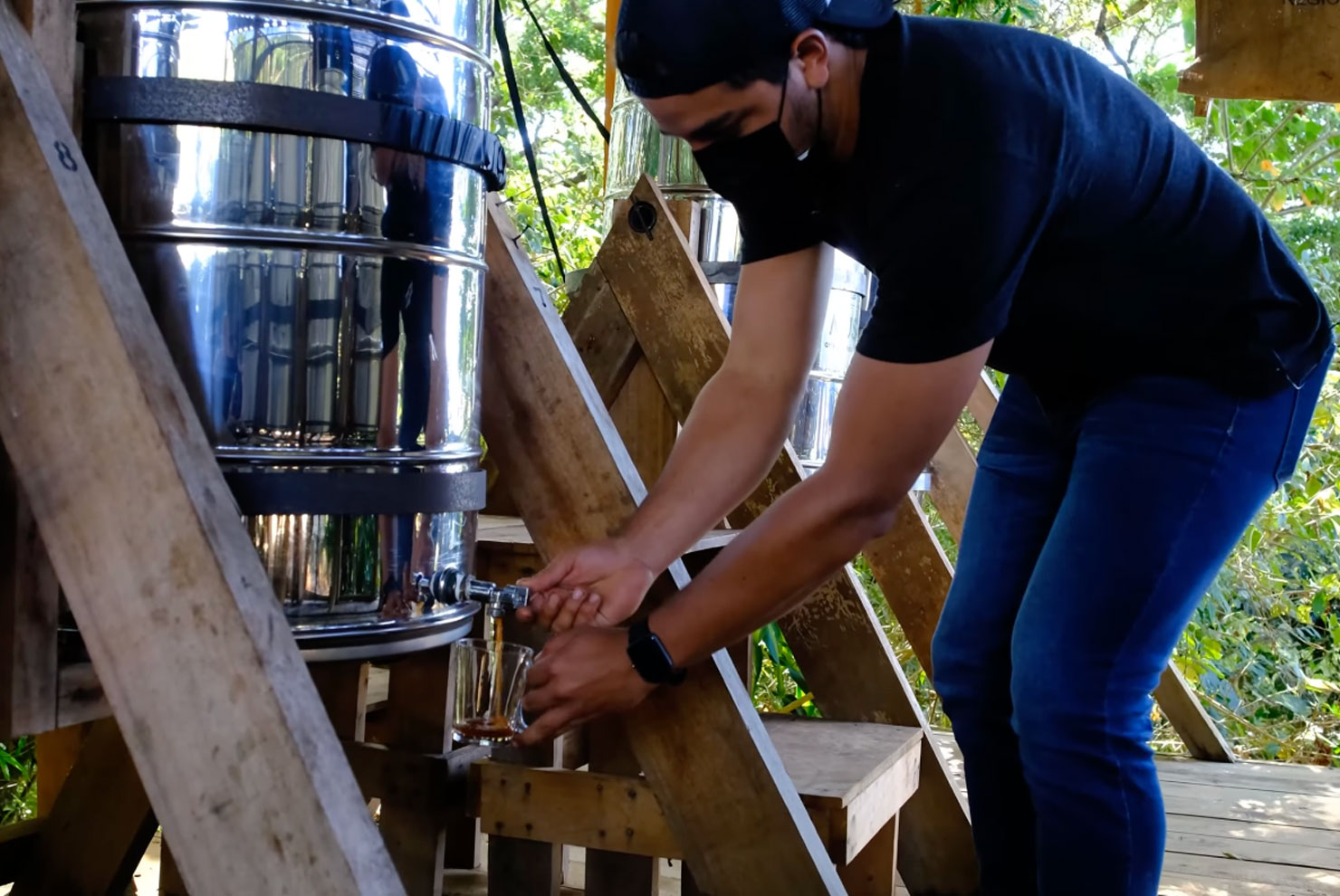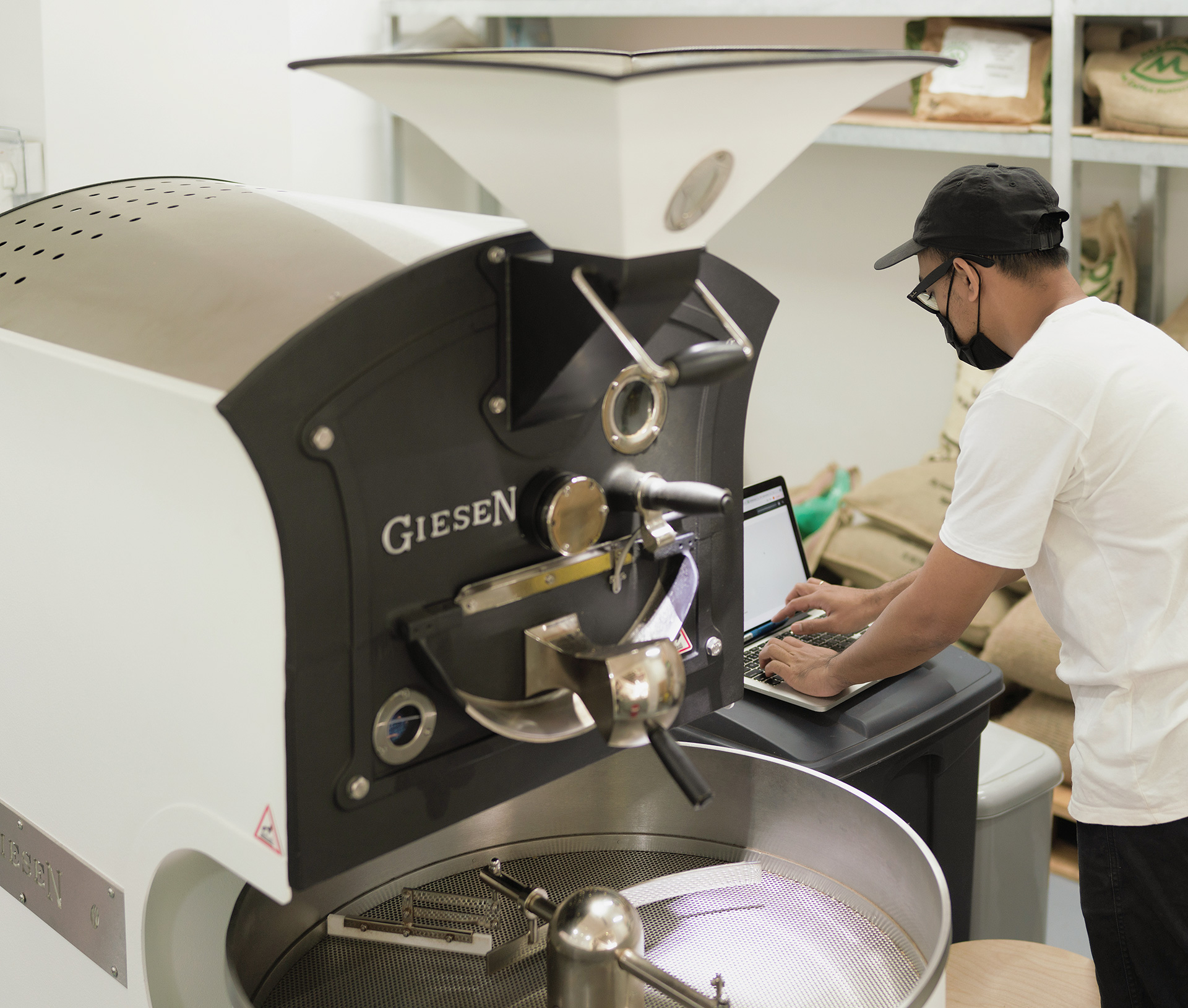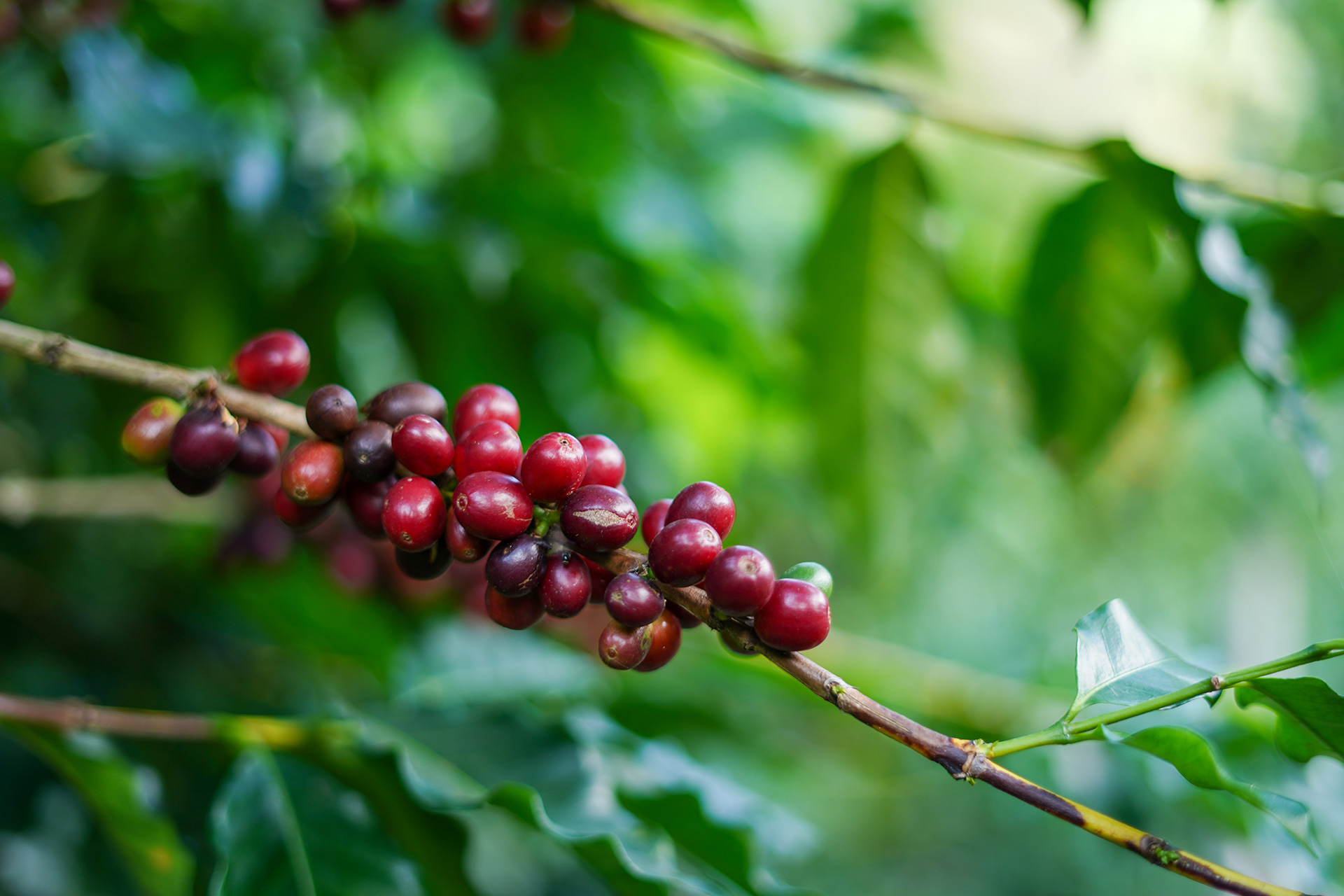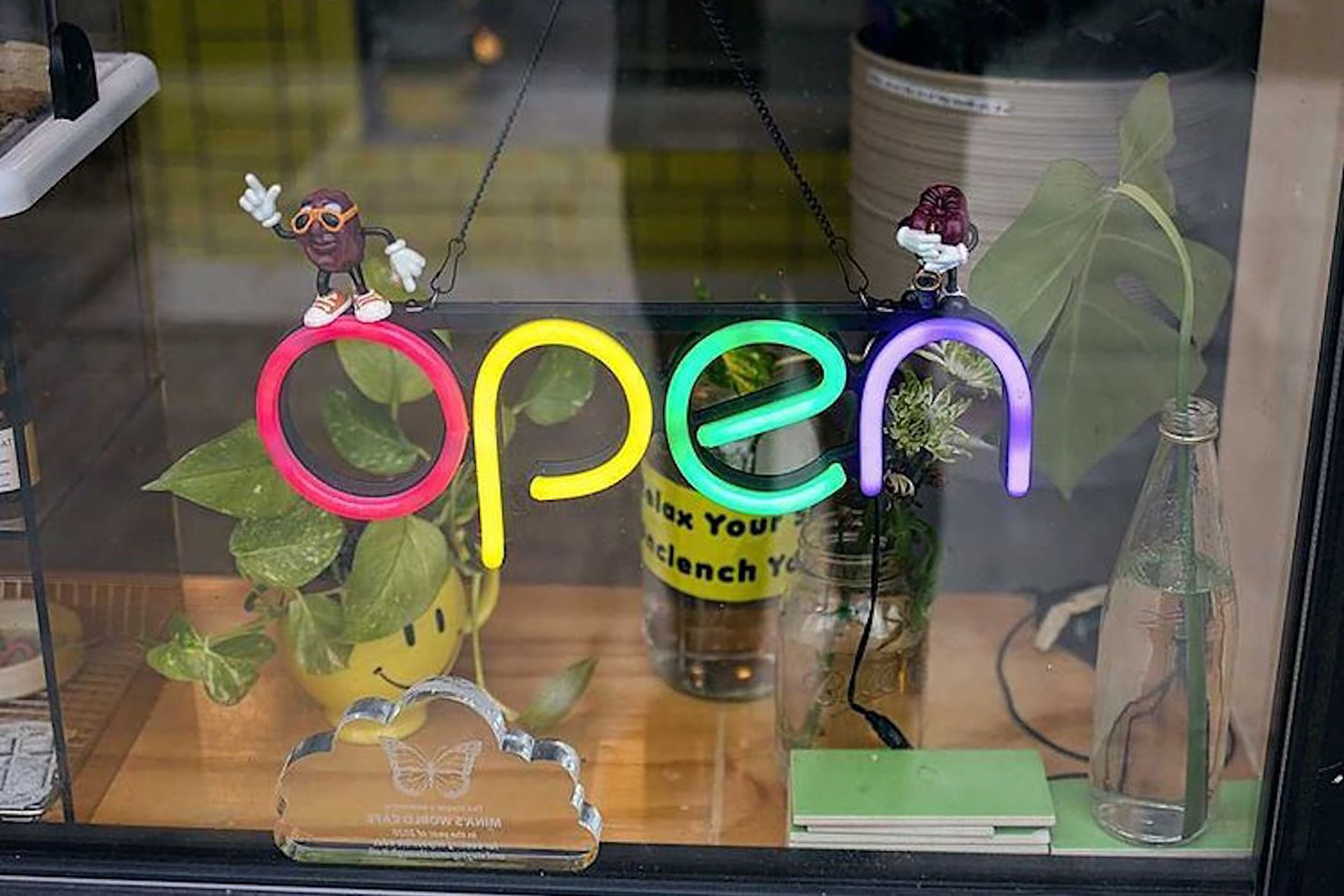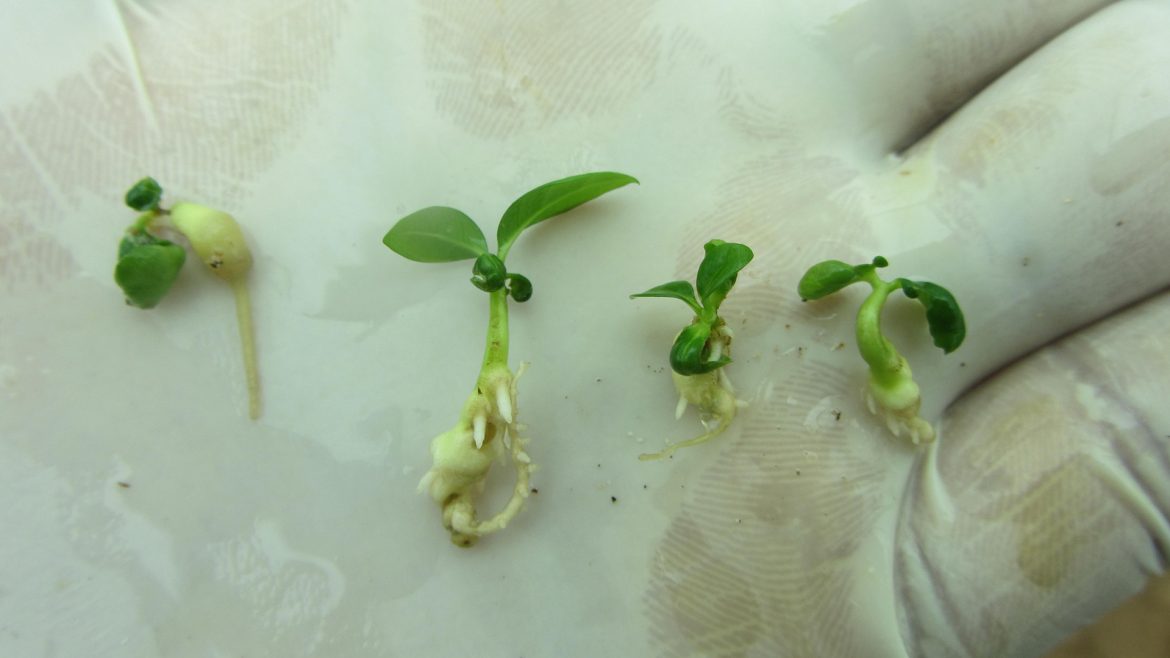
While it’s tempting for many who own, work in, and frequent coffee shops to focus solely on day-to-day issues like rising rent, increasing labor costs, and fierce market competition, the coffee production sector currently faces critical long-term threats—threats like climate change, cost of production, and lack of educational and fiscal resources. These issues, if unchecked, will present major barriers to every link in the coffee supply chain, threatening the future of coffee for all.
World Coffee Research, a nonprofit agricultural research and development organization that’s worked for the last five years to develop solutions to issues facing green coffee and its producers, has been one of many groups pushing the industry to address these critical threats to the coffee supply chain. Their work is complex and multi-pronged, but the issues they’re confronting are crucial for anyone who loves coffee—and especially for those who make their living in the coffee sector. In this piece, I’ll break down the highlights from WCR’s recently-released annual report and its first five years.
The Problems
The central problem the coffee industry faces today, according to WCR’s annual report, is a long-term gap between supply and demand. Using the year 2050 as a benchmark, it breaks down what it terms “coffee’s science gap,” a situation wherein if coffee consumption continues to grow at its current rate, world coffee producers will need to double current production by 2050 to meet demand. On the other side of that equation lies climate change, which, without intervention, could actually render coffee production lower in 2050 than it is today.
Currently, 47% of coffee production comes from countries that are expected to lose more than 60% of their suitable coffee land by 2050. Those countries are expected to take the hardest hits, but even the countries expected to see the least losses are still projected to lose up to 30% of their coffee-producing land due to climate change.
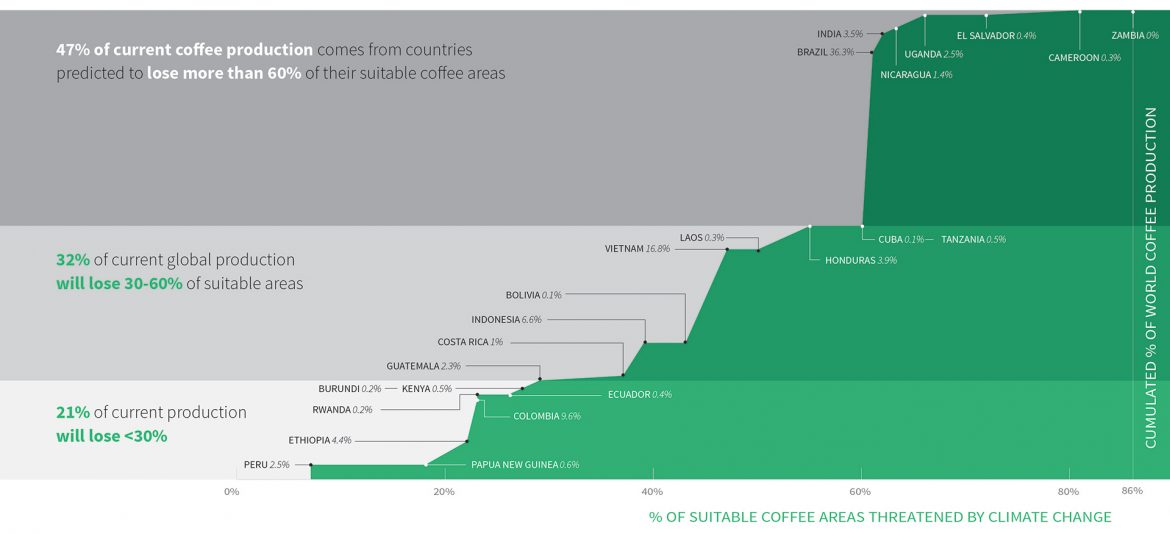
One possible solution, according to WCR, is in the creation of climate-resilient varieties, alongside improved farming practices and better farmer access to those varieties and practices. The main conditions that coffee plants will face will be extreme heat, drought, and the pests that thrive on those conditions—to say nothing of issues like monocropping and soil health, approaches to which can be seen in projects by Elias Roa and Tim Wendelboe at Finca Tamana. While it would be inaccurate to think of agricultural research and development as a magic bullet, WCR’s first five years in operation show potential for creating plants that can handle the specifics of the future climate.
“These challenges can feel really big and heavy,” says WCR communications director Hanna Neuschwander. “But looking back even 10 years, something like the idea of using F1 hybrids in coffee production was seen as impossible; now we actually have F1 hybrids growing on coffee farms.”
While the agricultural research being done on genetics is encouraging, Chris Kornman of Royal Coffee encourages people in the coffee industry to recognize that WCR is but one of many organizations doing agricultural R&D. “It’s the local iteration: Cenicafé in Colombia, JARC in Ethiopia, IAC in Brazil, for example, that have already been doing sophisticated genetic work for decades to isolate favorable varieties and develop high-yield, high-quality, disease-resistant cultivars,” says Kornman. “Their facilities are state-of-the-art, and the work they are doing largely set the stage for an organization, like WCR, to step in during an age of information freedom to share and distribute to a broader base of consumers with a more global and modernized support structure.”
Green coffee buyer Katie Carguilo of Counter Culture Coffee (full disclosure, my former employer) sees the collaboration of WCR and producing countries’ agricultural associations as a major step forward for coffee as a plant, and for those who grow it. “These challenges are much bigger than what a single government or company can alone solve,” says Carguilo. “The FNC in Colombia, for example, has seen success with its Castillo variety coffees in that they are more resistant to rust than the Caturra that most farmers were growing, and the cup quality loss is not very significant. However, as a buyer, I haven’t encountered Castillo outside of Colombia. If it’s so successful, why not provide other producers with access? In theory, WCR is setting itself up to do just that. ”
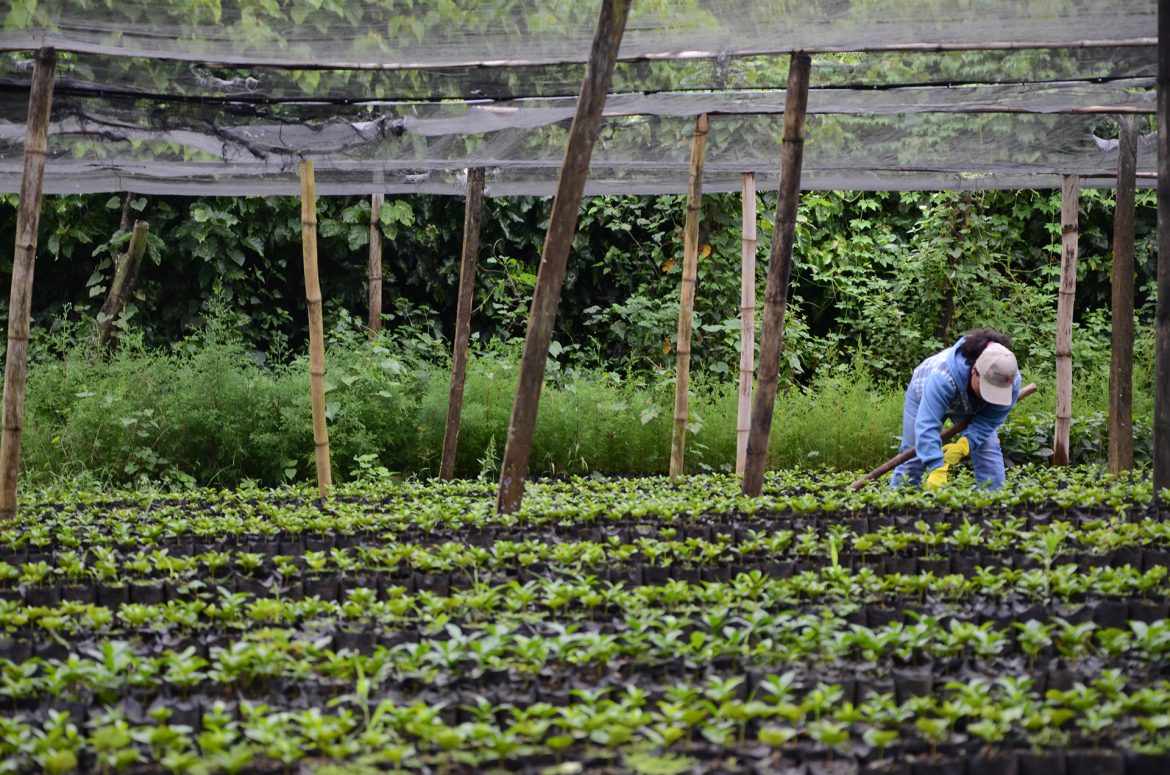
Momentum
Agronomical research projects can take longer than other types of research to yield necessary data, but WCR is starting to see major momentum in terms of the data they’re able to collect.
In 2015, WCR created the core collection, a diverse collection of Arabica coffee plants that can be used by breeders to create F1 hybrids and study genetics with a solid and varied control group in hand. As breeders study the core collection, they find the correlations between phenotype and genotype (the way the plant looks and the genes within it), which will eventually allow them to efficiently target genetic markers as they breed hybrids—meaning that rather than having to wait for the plants to grow up to see which traits they display, they’ll be able to tell from the plant’s DNA, cutting research time and costs nearly in half. They’re only just starting to find the correlations between traits and genes, but once they do, they’ll create an integrated database for breeders to use.
WCR already has three categories of F1 hybrid out in the world, some being studied in the actual ground, some waiting to be planted in the best possible space for study. For instance, they currently have 13 hybrids in Zambia being tested to respond to the hot, dry climate many coffee producing areas can expect in 2050.
World Coffee Research is also preparing a new generation of F1 hybrid varieties with the goal of releasing specifically selected varieties to farmers in Central America and Africa by 2025. Because F1 varieties are the first generation result of a cross between two genetically distinct varieties, they tend to display what’s known as “hybrid vigor.” These hybrids specifically are expected to have yield increases up to 20-40% over the current standards, high cup quality potential (some capable of scoring 90+ points), and overall tolerance of stressors like temperature extremes, diseases, and pests, including leaf rust. While hybrid has often been a dirty word in the specialty coffee world because of past hybrids’ tendencies toward lower cup quality (note that older hybrids like Castillo and Catimor are not F1 hybrids), this new generation of F1 hybrids was created not just for resilience but specifically for flavor.
Since replanting with new varieties won’t ever provide immediate solutions for most farmers, WCR is also working on other solutions for extant pests, including a four-year leaf rust study which just concluded, yielding actionable findings on how to best treat leaf rust. The research found that not only can certain types of shade trees help minimize the severity of leaf rust, but that plant nutrition, specifically the application of fertilizers, actually does a lot more to control leaf rust than intensive fungicide application.
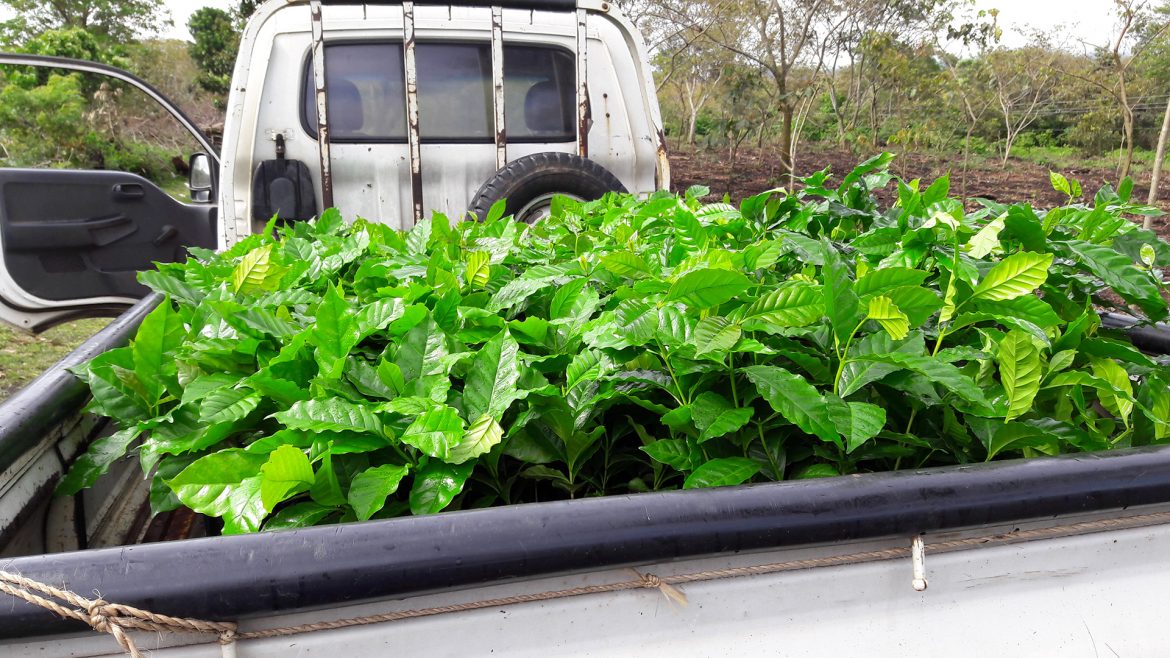
Accessibility
When working to enhance the supply of quality coffee, accessibility becomes a key concern. Most coffee farmers face economic disadvantages that make it much harder for them to access the latest technologies than other parts of the supply chain, like cafes or roasters.
“You can create the best coffee variety in the world and if a farmer does not have access to it, it doesn’t matter that you have created it,” says Neuschwander. “You can even get that variety out to a farmer and if they don’t have the tools and knowledge to get it in the ground and help it be successful, it doesn’t matter that you’ve put that amazing genetic potential in their hands.” While Neuschwander points to accessibility as a major focus of WCR’s work, she readily admits that it will always be the central struggle and they have in no way “cracked the code” on accessibility.
Despite its difficulty, getting information and plants themselves into the hands of farmers is mission critical. Established in 2016, the Arabica Varieties Catalog was WCR’s first major step in the information delivery part of the equation. Produced in both English and Spanish, it was created with a specific focus on making sure it could be as useful to farmers and nurseries as possible. “When we were designing it, we tried to think about maximizing legibility for as large an audience as possible,” says Neuschwander. “We worked to make sure it was easy to read in the design. It has a lot of pictures and references so people can go deeper, but we also tried to make sure it’s not too overwhelming. We want to translate into more languages going forward.”
In its next step, WCR launched a Verified Program, establishing a global nursery certification standard to verify that nurseries are producing healthy and accurately-represented plants. The program, which includes a database that’s integrated into the varieties catalog, seeks to solve the problem of farmers not knowing how to find the right varieties to meet their needs.
“Beyond that, we also recognize the fact that a lot of nurseries around the world couldn’t meet those standards now, so clearly we need a lot more,” says Neuschwander. “But prior to the launch of this program, there was no clear set of standards for nurseries.” So, as a next step, they’re now launching a nursery development program so that nurseries can get the tools and training they need to meet those standards. Education and training of farmers is crucial work that many producing countries’ governmental agriculture boards and NGOs are also engaged in.
Another problem WCR saw was that farmers either weren’t convinced about adopting new varieties or couldn’t come up with the financial resources to renovate their farms. In response to that, they conducted a socioeconomic study of the barriers to variety adoption among marginalized smallholders, then launched an international network of 1200 on-farm profitability trials in 20 countries, examining which combination of improved varieties and improved agronomic practices actually increase profitability, yield, and quality.
On top of this, WCR saw that farmers in many countries lacked access to better varieties because those varieties were not commercially available there, so they established an international seed exchange (called the International Multilocation Variety Trial) of some of the world’s top-performing varieties, letting countries observe and test them before committing a lot of money.
“Accessibility has a lot of factors: it can be about readability or user interface, it can be about access to plants, but it’s a super central question to our work. We do not want to be a research organization that does research and keeps it locked up in a lab. We are entirely about getting that research out to farmers,” says Neuschwander.
WCR will not be selling these varieties directly, however. Most coffee-producing countries’ governmental agriculture boards control which varieties are planted within that country, including the means of distribution of the plants themselves. WCR as a nonprofit research organization has no ability to directly give farmers these new coffee varieties (outside of specific experiments), nor do they have the ability to sell them to farmers. The varieties will instead go to the agricultural boards which will then have the power to sell or distribute them. WCR works with those organizations on R&D but does not have control over that side of the chain.
Joe Marrocco of Mill City Roasters has high hopes for the future of coffee, but a lingering doubt nags him: coffee producers whose land loses the ability to profitably produce coffee potentially gain the ability to grow something easier and more lucrative. The prices that farmers get for coffee—yes, even high-quality coffee—are hardly enough to live on, and while the coffee industry is fighting to preserve the future of coffee, its members need to focus equally on fighting to make sure that producers and pickers of coffee make a living wage. “My questions are not [specific] to World Coffee Research,” says Marrocco, “but the work and conversations around the work that WCR is doing have simply brought on these questions.”
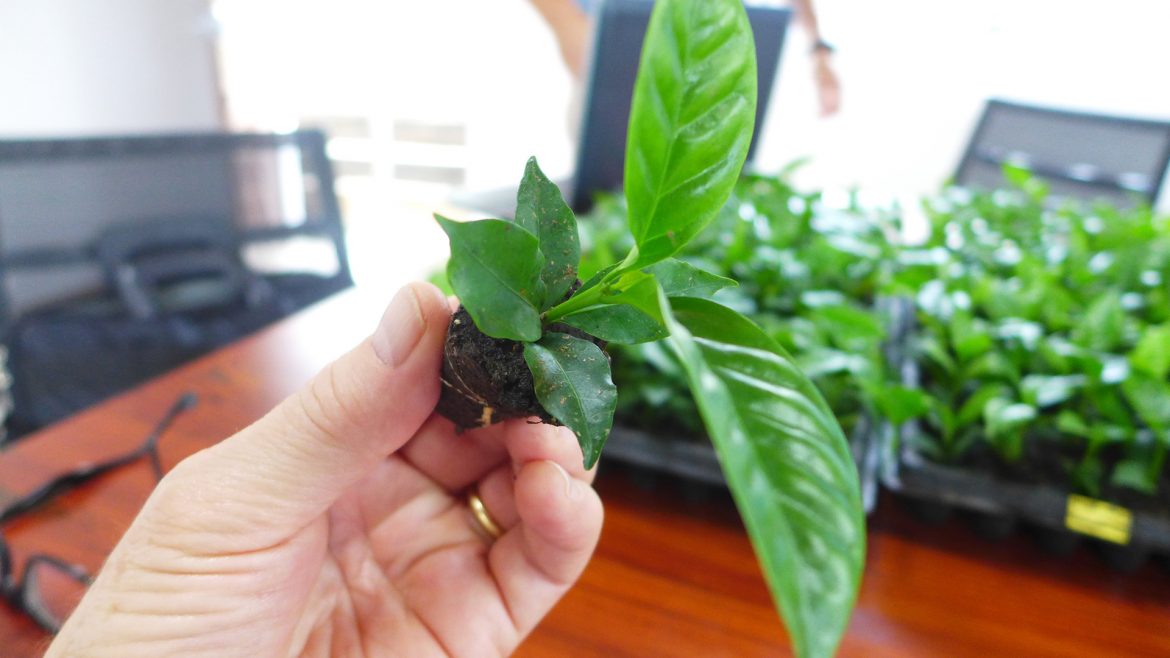
The Future
For the world to continue to grow enough coffee to meet future demand, a lot of immensely complex factors need to be addressed at once. Luckily, the coffee industry’s focus on quality and sustainability has positioned us to recognize and address this need in a way that other industries have not.
“Coffee’s great because if you think of any other commodity crop, they’re not having these conversations,” says Neuschwander. “You don’t see the sugar or palm oil industries talking about transparency and sustainability. The coffee industry as a whole deserves a lot of credit for transparency efforts and really pushing to have difficult conversations.”
Neuschwander has been inspired by the level of industry support her organization has received, and how it’s allowed WCR to grow faster than expected and take concrete steps toward protecting and expanding the world’s supply of quality coffee. “It’s been really heartening. The challenges we’re facing are huge, but so are the opportunities for innovation. And that’s exciting.”
RJ Joseph (@RJ_Sproseph) is a Sprudge staff writer, publisher of Queer Cup, and coffee professional based in the Bay Area. Read more RJ Joseph on Sprudge Media Network.










